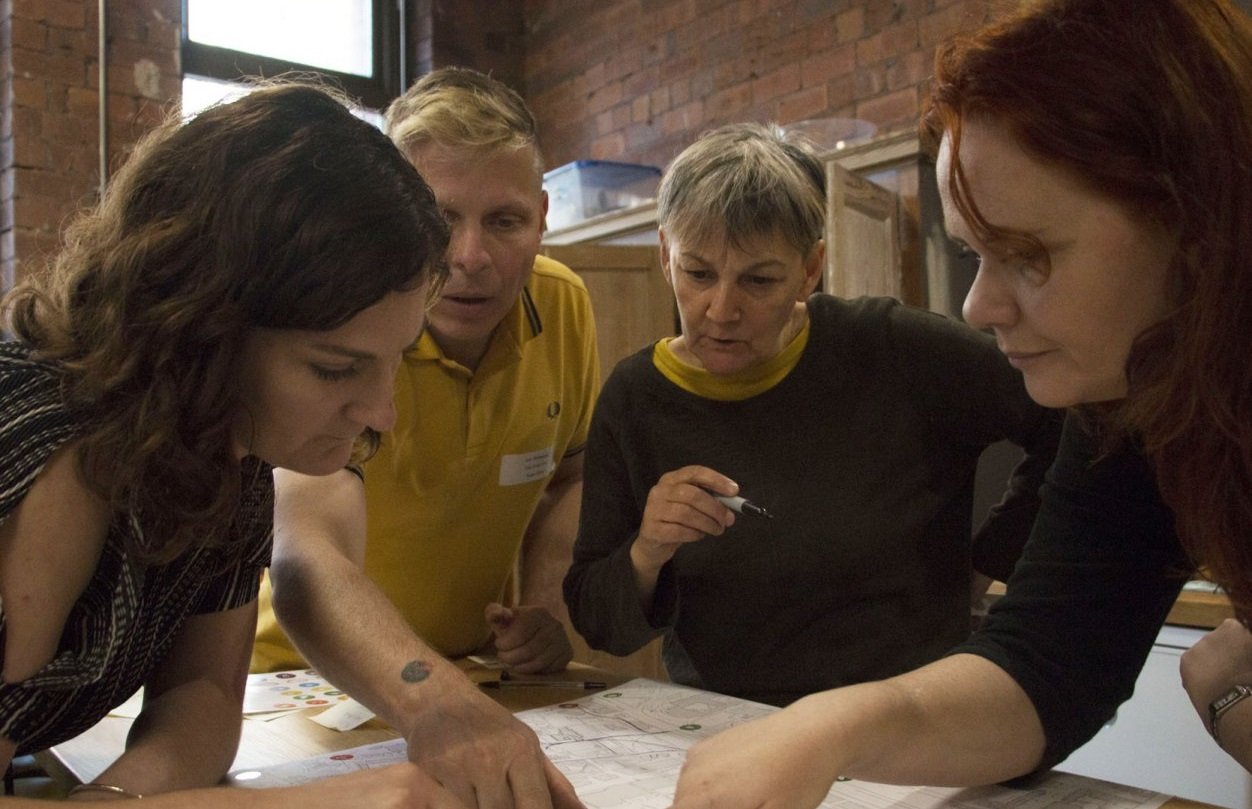
A future for artist workspaces
With artist workspaces under threat from funding cuts, increases in business rates and property development schemes, a new initiative aims to extend their lifespan. Karen Watson explains.
At East Street Arts we strongly believe that artist workspaces are essential catalysts for the art sector, as well as being at the intersection between artists and audiences. Since 1994 when we held our first public exhibition in two unused units underneath the railway arches in Leeds, we have worked with artists across the country to put empty spaces to creative short-term use – and long-term use where possible.
These spaces face a variety of challenges as they are historically self-organised, under-resourced and prone to burnout
Our property portfolio now spans the length and breadth of the country providing artistic workspaces and studios, exhibition venues and community arts hubs. Most recently, we also opened an independent Art Hostel, creating a home from home for an international community of artists and curious tourists alike.
A challenging future
Unsurprisingly, it isn’t an entirely rosy picture. These spaces face a variety of challenges as they are historically self-organised, under-resourced and prone to burnout. Their development is often time-sensitive, as they face rapid growth in some communities, and crippling austerity measures in others. They are under constant threat of funding and budget cuts, changes to business rates, legislation for their use and property development schemes.
We therefore need a solution that makes these spaces more resilient and sustainable. Artists need the opportunity to generate income and reach new audiences to bolster their resilience. We also need to equip those responsible for these spaces with the skills and knowledge to help make them viable in the long term. We want these spaces to be entirely embedded within their local communities, as that is the only way they can truly have an impact and be part of the local landscape.
This is why Guild was born. With funding between 2018 and 2022 from Arts Council England as a sector support organisation, we have devised a programme with partners from a variety of different worlds, from arts and education to the private sector, including a-n The Artist Information Company, Stockholm Environment Institute, Key Fund, the University of Leeds and Locality.
Over the next four years we will pool our expertise, knowledge and funds to support 10,000 artists in 20 different spaces to develop a model that addresses sustainability and resilience. Through new approaches to business models, embedding spaces within their localities, advocating their impact on political and social environments, and profiling their international reach, we will address the current unsatisfactory siloed model.
We want to reduce duplication and create a unified voice for the sector. And we will put evaluation at the heart of our work to learn, rework and facilitate best practice.
Focus on resilience
We are in the initial stages of our work with Guild. We have secured a new collaborative three-year PhD with the University of Leeds, due to start this autumn, which will focus on resilience. In the first year Guild will focus on information-gathering, research and assessing the landscape in order to put selection criteria in place for the 20 artist spaces. We will lay the foundations of the project by securing further partners, as well as developing a dedicated online platform and resources to facilitate information-sharing.
We are excited by Guild as it pools a lot of our own knowledge and responds to the need we are experiencing through our own work with artists. It will sit alongside the other work we do through our spaces for artists programme, that continue to harness permanent and temporary space for creative use across the UK.
Karen Watson is Artistic Director and Founder of East Street Arts.
www.eaststreetarts.org.uk
Tw @eaststreetarts
Join the Discussion
You must be logged in to post a comment.